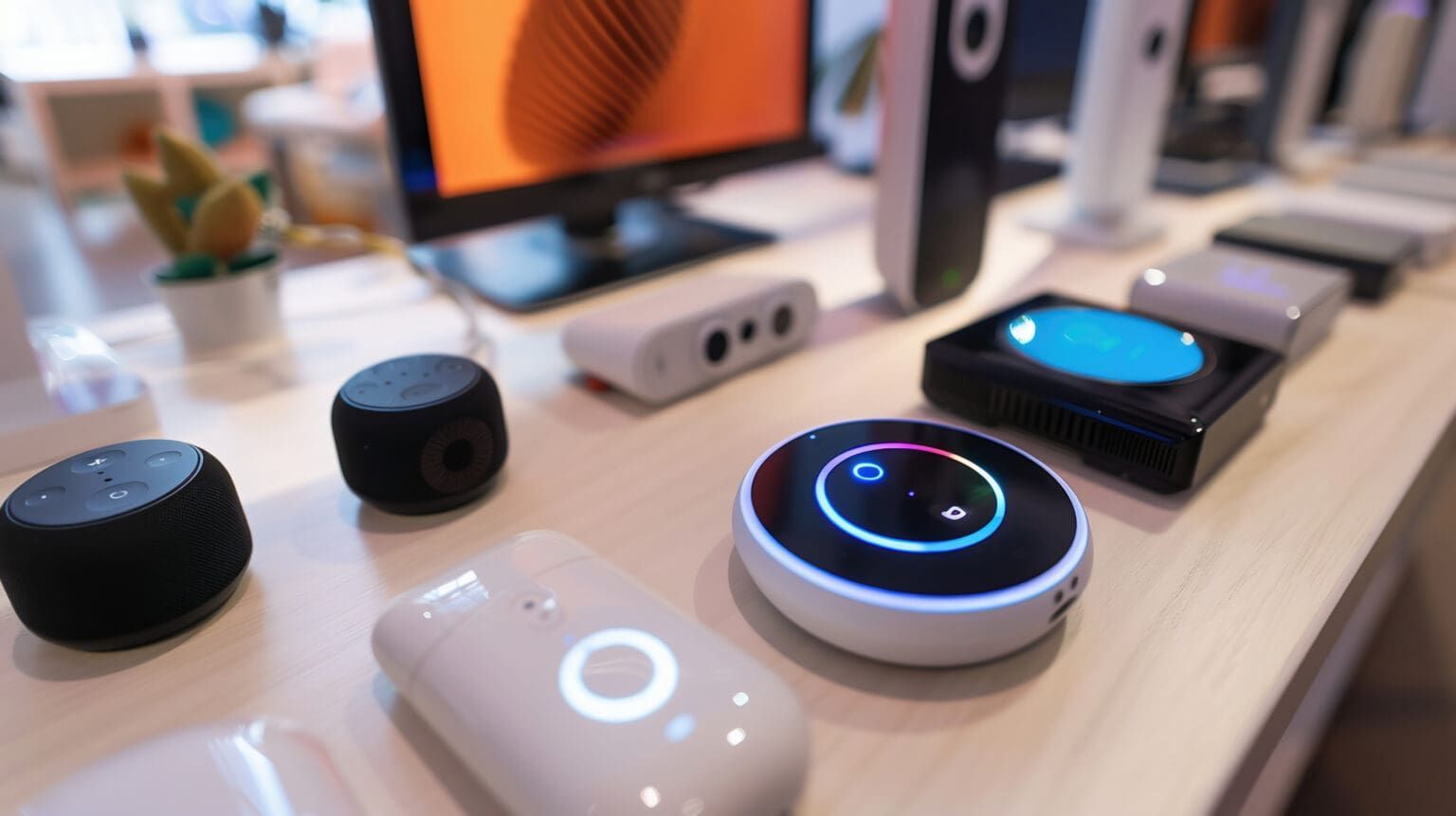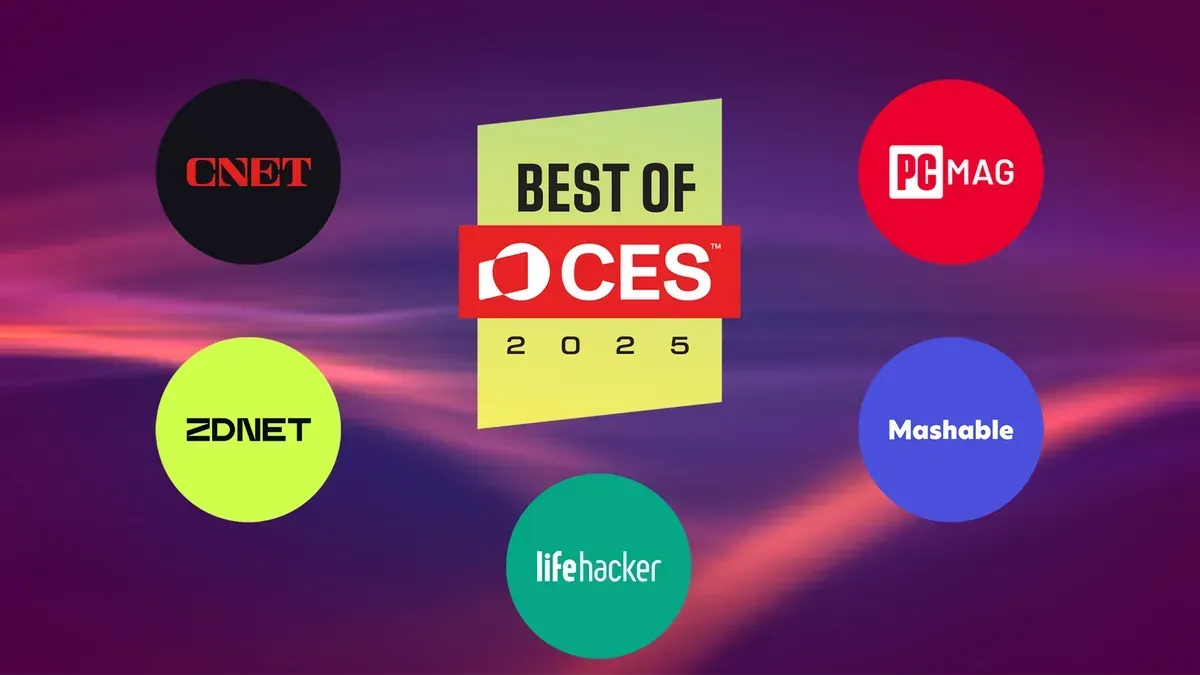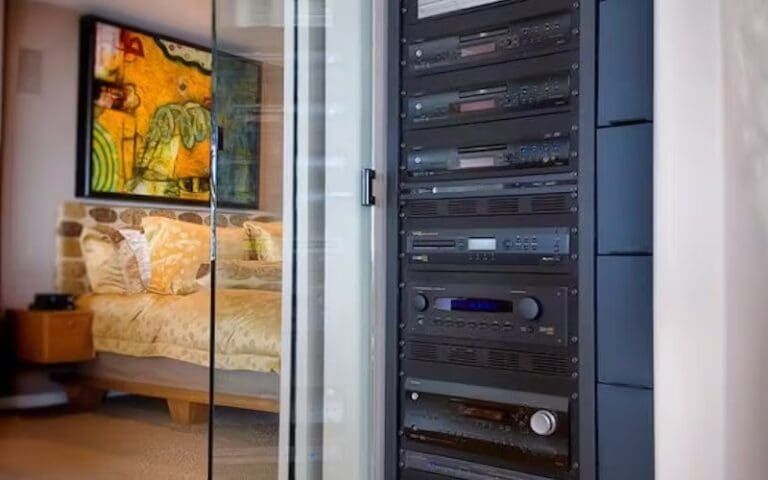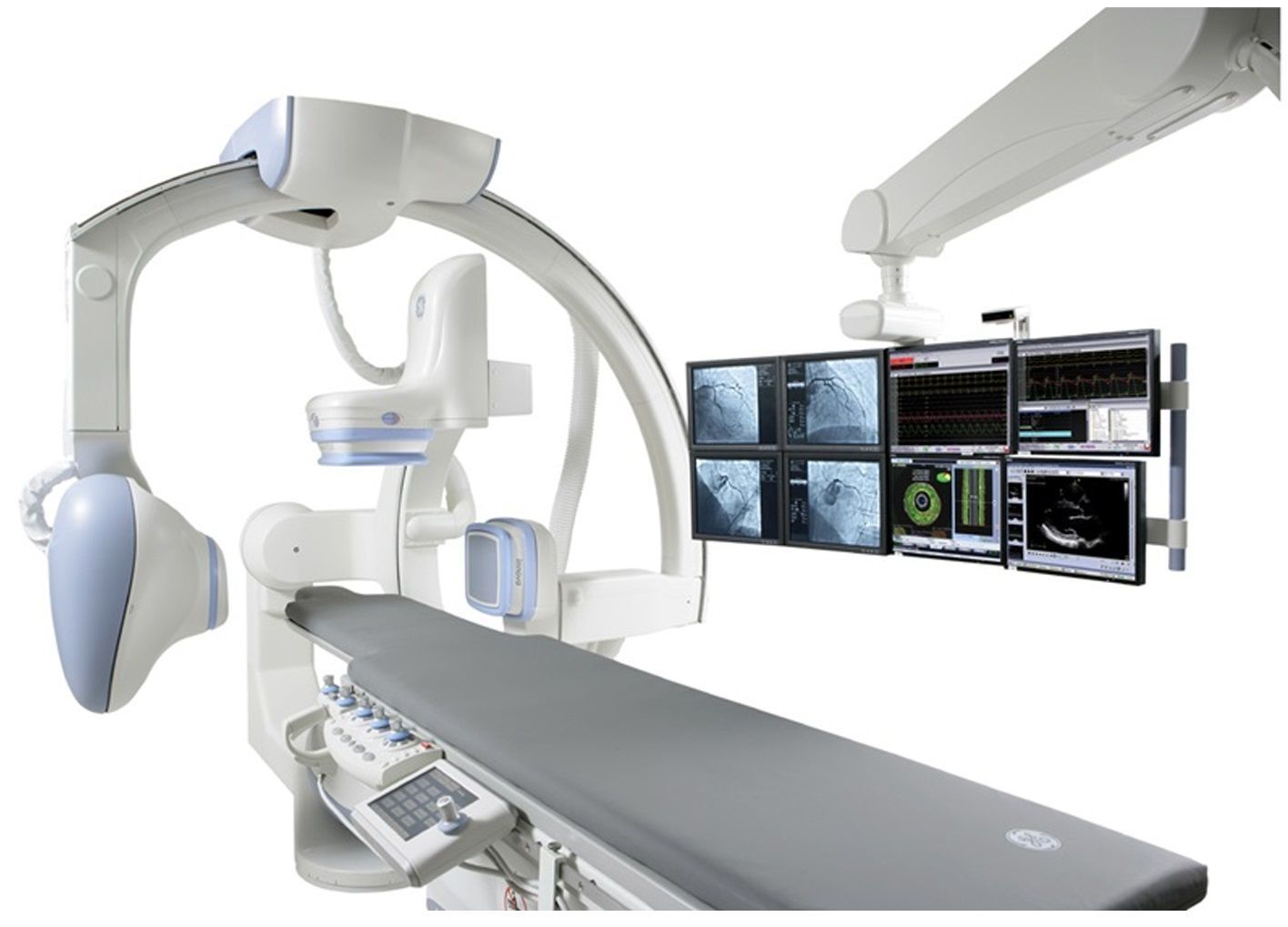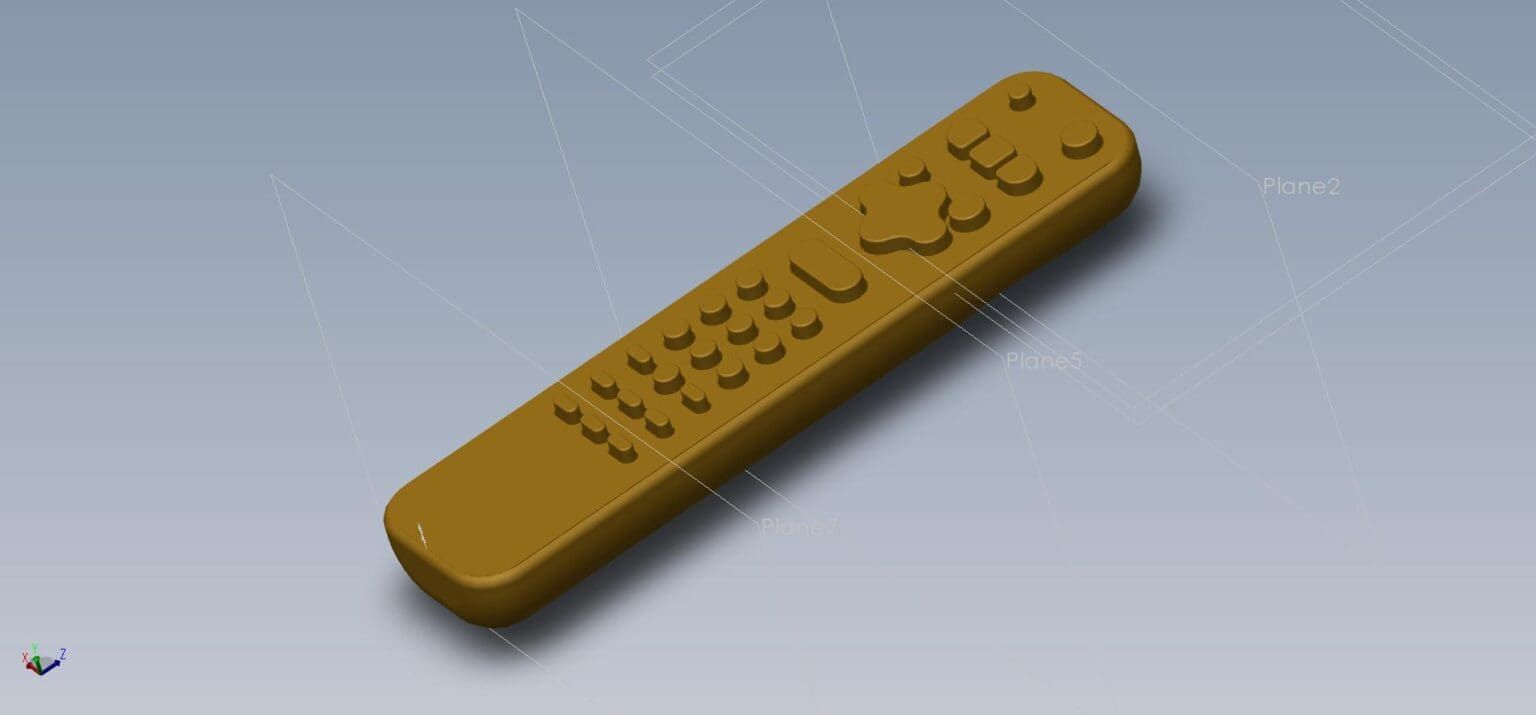Product Labeling Requirements for Custom RF Remote Controls: What Engineers Need to Know
When you’re bringing a radio frequency (RF) OEM remote control to market—whether it’s a Bluetooth® remote, proprietary RF hand unit, or a hybrid IR/RF controller—labeling is more than a cosmetic decision. It’s a compliance task that touches EMC certification, safety standards, environmental directives, trademark licensing, and supply‑chain traceability. Getting it wrong can get shipments stuck in customs or trigger costly rework. This guide distills the essentials for RF remote control labeling across major markets and highlights design‑for‑labeling practices used at Celadon for OEM remote control projects.
EMC regulatory marks by region
United States (FCC). Most RF remotes are considered to be “intentional radiators” and subject to FCC Part 15 requirements. Many RF receivers are considered to be “digital devices” and are subject to different requirements.
Intentional radiators must display an FCC ID number and include the Part 15 compliance statement in user info; very small devices may use e-labeling if accessibility rules are met. Reserve space for the FCC ID on the housing or, if you qualify, implement an e‑label path in firmware and document it in the manual. “Digital Devices” may use the FCC logo on the product label.
Canada (ISED). Canada requires the ISED certification number formatted as “IC: XXXXXX-YYYYYYYY” along with related user statements. Plan label real estate for the IC number in addition to the FCC ID on shared North American SKUs.
European Union (CE/RED + WEEE). For radio equipment, the CE mark is applied to the product label after RED (Radio Emissions Directive) testing is completed. Electronic equipment must also carry the WEEE logo (a crossed‑out wheeled bin symbol), which is used for electronic waste and recycling initiatives. The EU has both mandatory and voluntary markings for products sold within the European Union.
United Kingdom (UKCA). For Great Britain market placement, apply the UKCA mark with a UK Declaration of Conformity analogous to the EU DoC. If you ship into both the EU and GB, reserve an area for CE + UKCA marks or use market‑specific product labels.
Japan (MIC/TELEC). Radios require MIC/TELEC conformity with specific marking rules on prominence and visibility. Coordinate early with your certification lab to confirm exact mark formatting and location.
Australia/New Zealand (ACMA) The RCM marking is used on products to consolidate EMC, radio/telecoms and, where applicable, electrical safety. Labels must be legible, visible, durable, and at least 3 mm high; e‑labeling is possible in limited cases with packaging/documentation fallbacks.
Product Label Examples
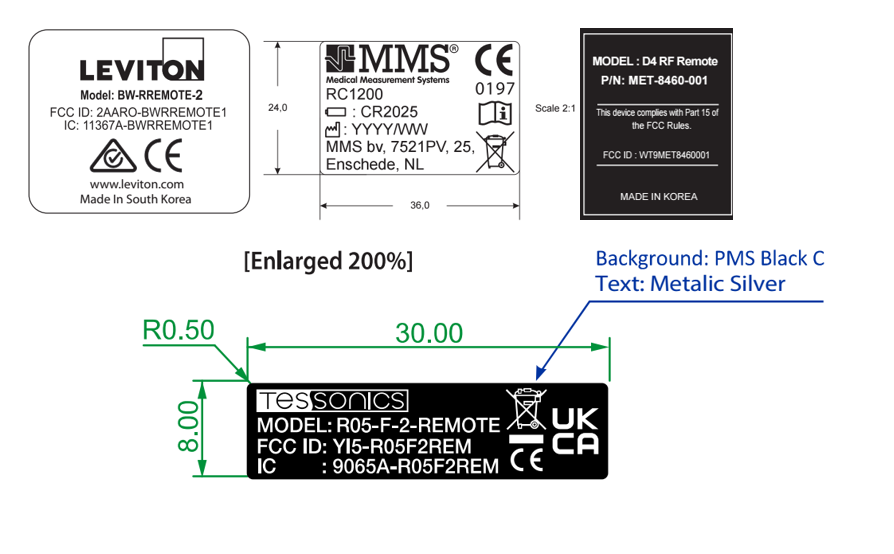
Environmental & battery labeling
For EU sales, apply the WEEE symbol on the product label. If the remote includes a replaceable battery, be aware that the EU Battery Regulation (2023/1542) phases in expanded labeling (capacity, chemical symbols where applicable) and QR‑code access to battery information starting in the coming years, depending on category.
Country‑of‑origin & trade markings
For U.S. imports, country of origin marking (e.g., “Made in Korea”) is generally required on the article (or its container) and must be conspicuous, legible, and as permanent as the nature of the article permits. Consider consolidating COO placement with other regulatory and brand markings on the product label to avoid additional labeling variants.
Material & durability standards for labels
If you use adhesive labels/nameplates for safety or compliance info, select constructions recognized under UL 969 (Marking & Labeling Systems) for durability—legibility, adhesion, temperature and chemical resistance. While not a legal mark, UL 969 is referenced by many end‑product standards and is a proven way to avoid smearing or lift‑off in the field.
Licensed technology marks
If your OEM remote control touts
Bluetooth® or USB‑C/USB4 capabilities, you cannot freely place those logos. The Bluetooth name or logo require SIG membership, completed
qualification testing, applicable fees, and adherence to brand guidelines. The
USB‑IF also requires passing compliance testing, registration fees and has strict usage rules on where and how the mark appears on USB products
Design‑for‑labeling: Mechanical & Artwork Suggestions
- Reserve physical real estate early. In the design stage, model a label recess or smooth area enough space and adequate contrast for regulatory compliance, safety, environmental and trademark graphics.
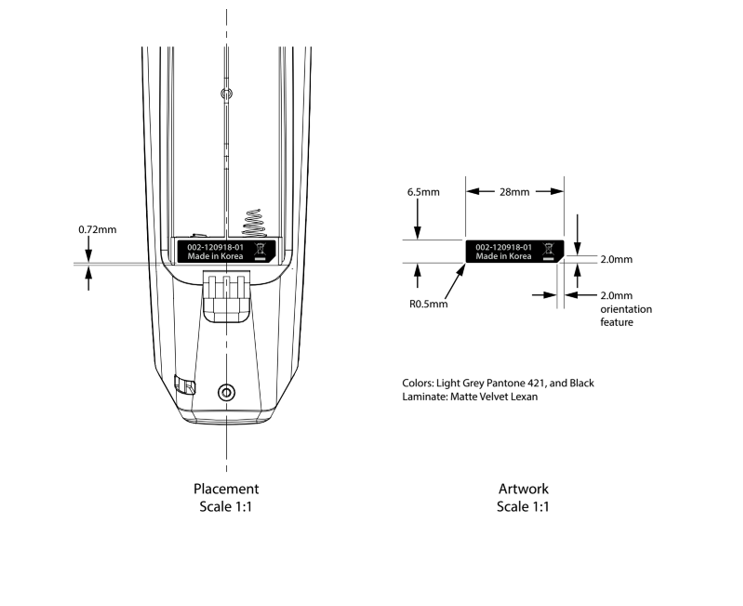
- Plan for SKU variants. If selling into multiple countries or regions like EU, GB, US/CA, AU/NZ, and JP, consider either (a) a global back label with all marks, or (b) regional label versions to minimize crowding.

• Serials & traceability. Include model number, revision code, lot/date code, and scannable 2D or QR codes aligned to your MES/RMA process.
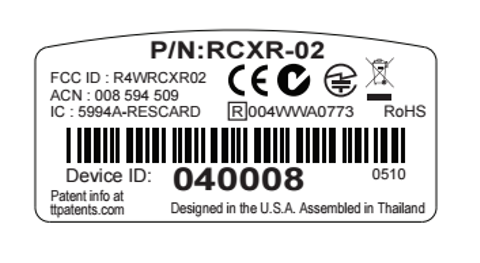
• Surface & process. On textured housings, laser etch or in‑mold labels (IML) often outperforms ink. Where adhesive is required, specify a UL 969 compliant material for labels to be attached to plastic. Screen printing on a painted surface or a lightly textured surface is also a common and cost effective manner of adding compliance markings to a product.
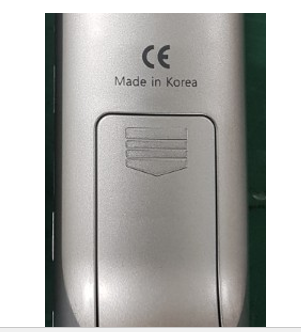
• Manuals & packaging. Put any RF statements that don’t fit on the device into the manual and ensure packaging carries required marks where e‑labels are used.
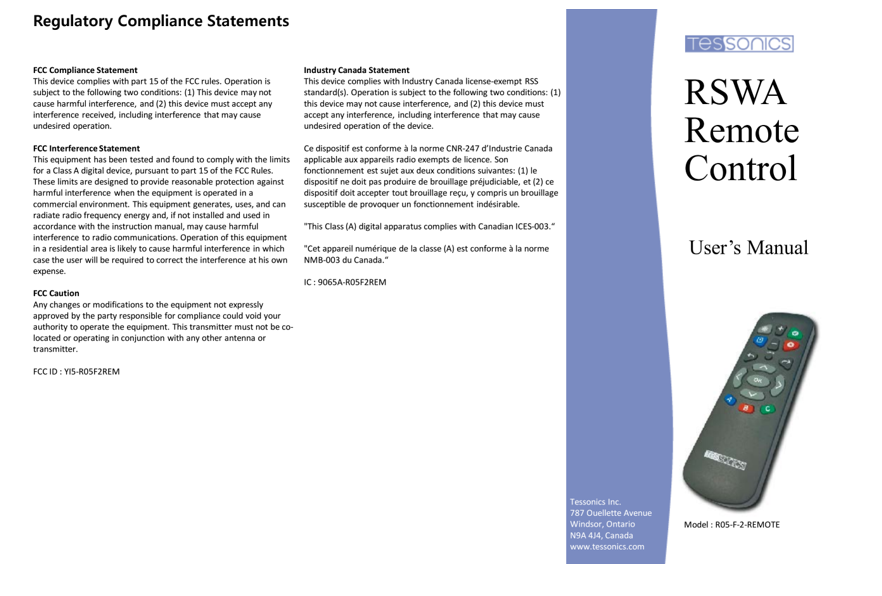
Label content checklist for RF remotes
1) Regulatory: USA - FCC ID number; Part 15 statement (manual); Canada - ISED marking; European Union - CE marking + RED (EU DoC maintained); United Kingdom - UKCA marking (UK DoC); Japan - MIC/TELEC marking with ID; Australia/New Zealand RCM marking .
2) Environmental: WEEE symbol on product; battery markings per EU Battery Regulation (QR code where in scope).
3) Trade: Country of origin on device or container for U.S. import.
4) Licensed Technology: Bluetooth® and/or USB logos only if qualified and licensed.
5) Durability: Label constructions per UL 969 and tested against cleaners/temperature profile.
How Celadon helps
As a manufacturer of custom remote control products for more than 30 years, Celadon has a tremendous amount of experience with both mechanical design and electronic design, as well as EMC certification and regulatory marking requirements.
Celadon works closely with its customers to understand the product functionality and countries that the product will be marketed in, which allows us to make recommendations and suggestions for various product labeling options and marking requirements.
Designers will make suggestions on the appropriate size and location for compliance markings. Concept labels are provided for customer review and can be submitted for EMC, Safety, Product Qualification and other required testing. Celadon will work closely with customers in all aspects of the testing and certification process to ensure that products will meet all necessary requirements and copies of all test reports will be provided for recordkeeping purposes
Contact us
Celadon provides free consultation services to discuss any new Infrared, Radio Frequency, or custom product development projects. Please complete the Contact Us form on our website and a representative will contact you to discuss your project. https://celadon.com/contact-us/
Mike Griswold • September 26, 2025



